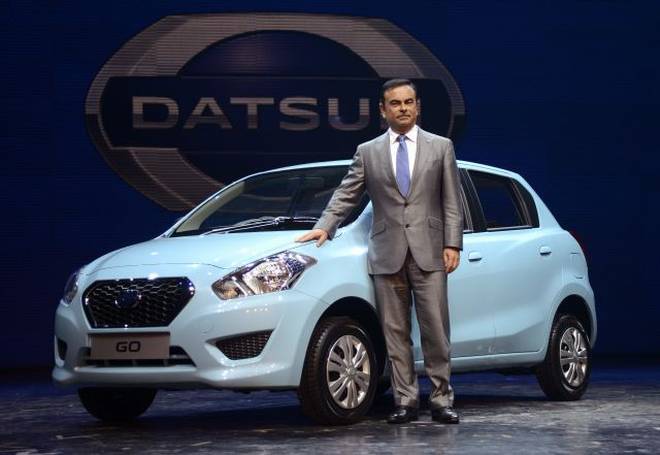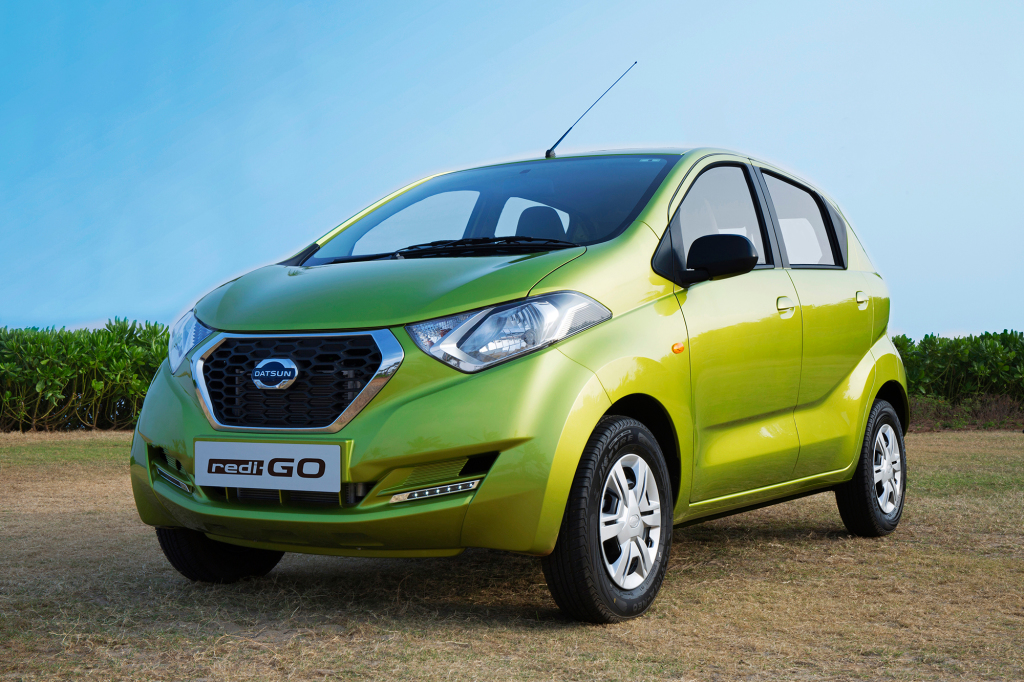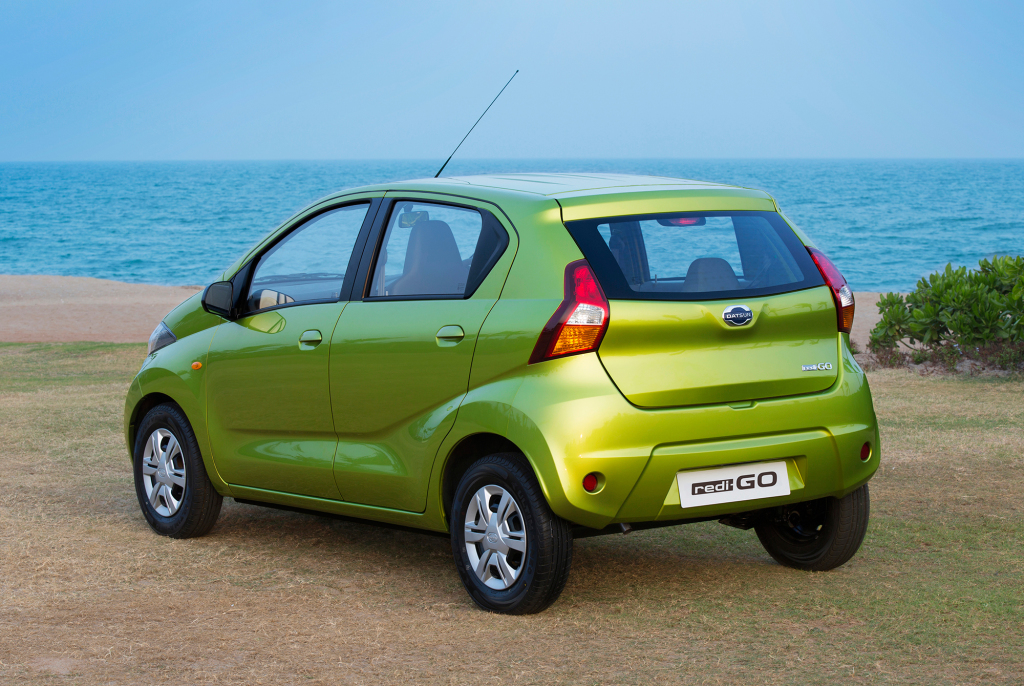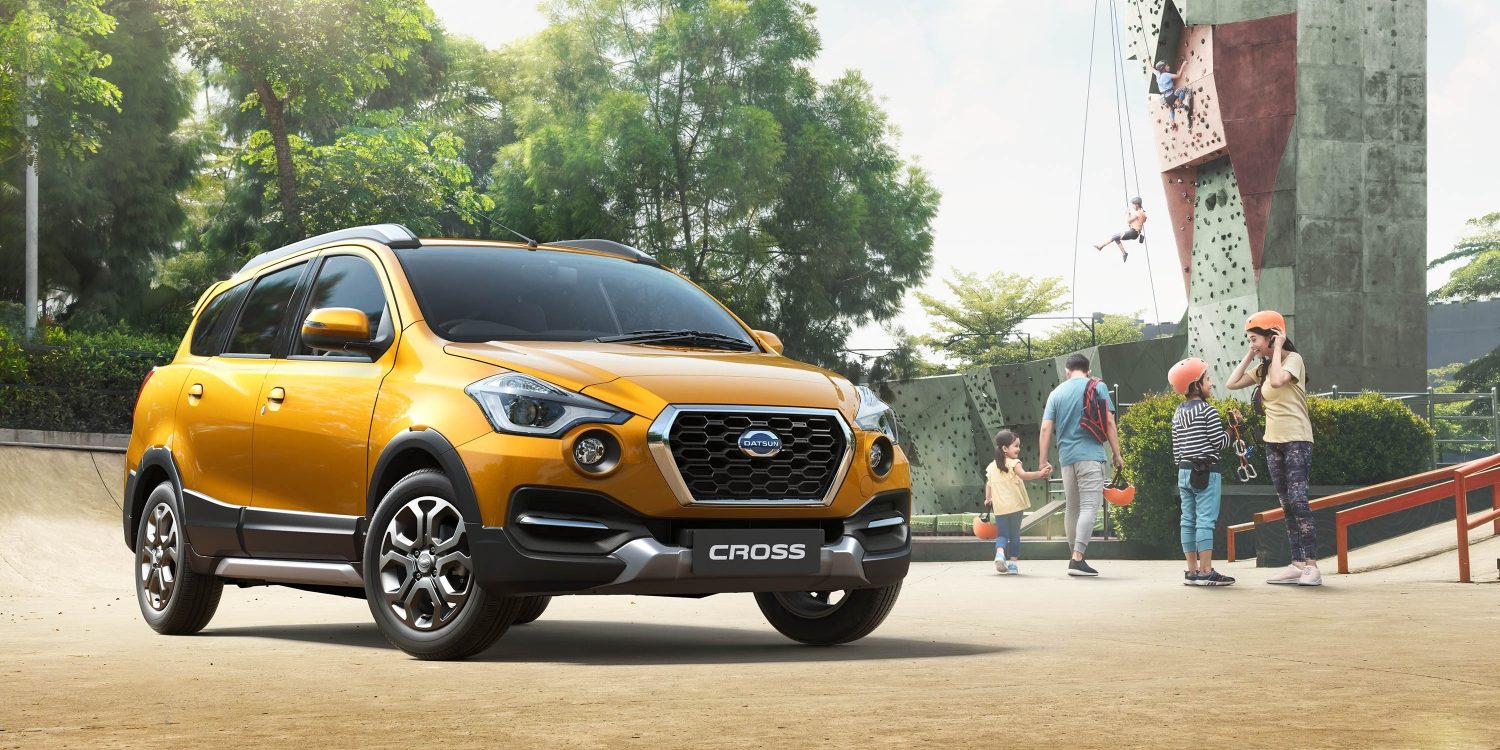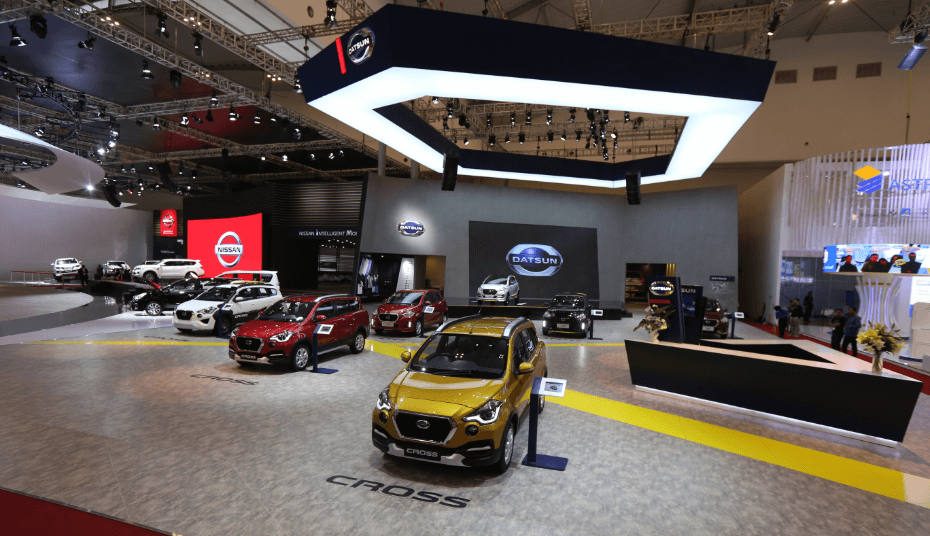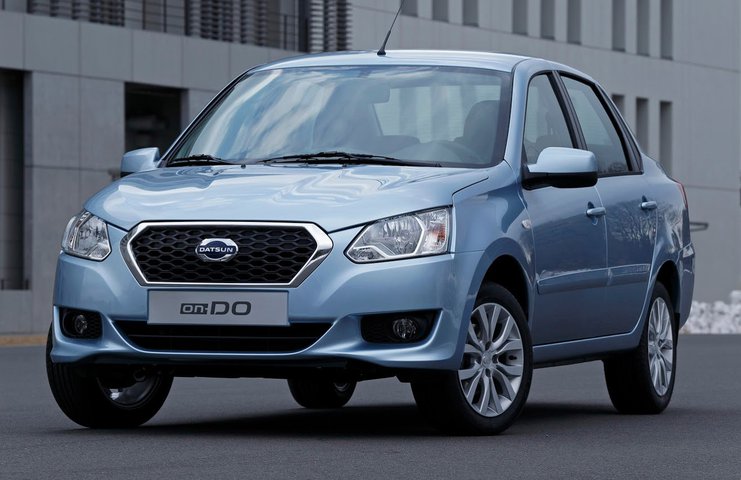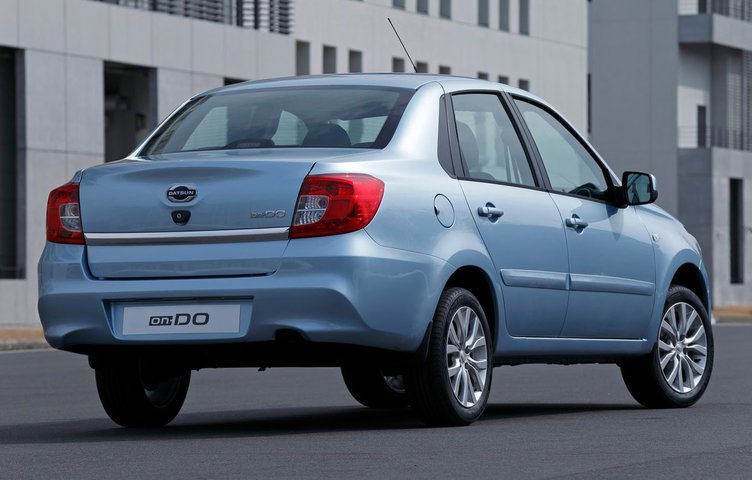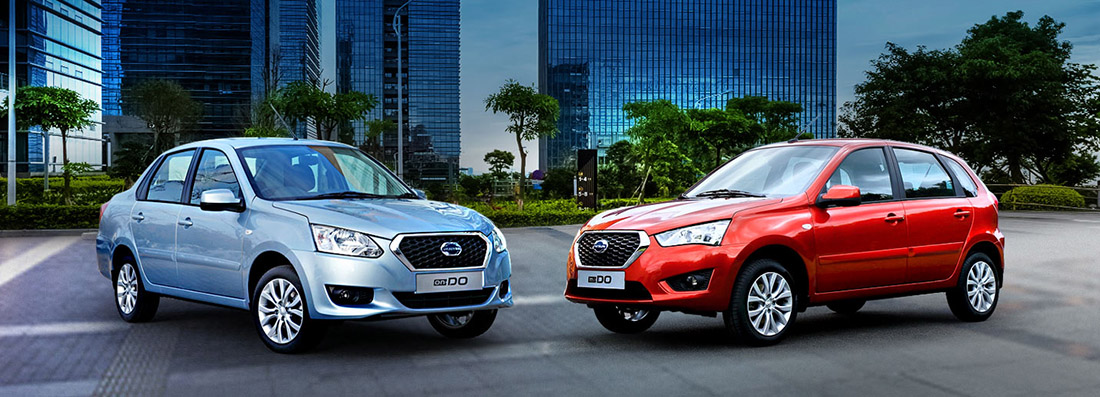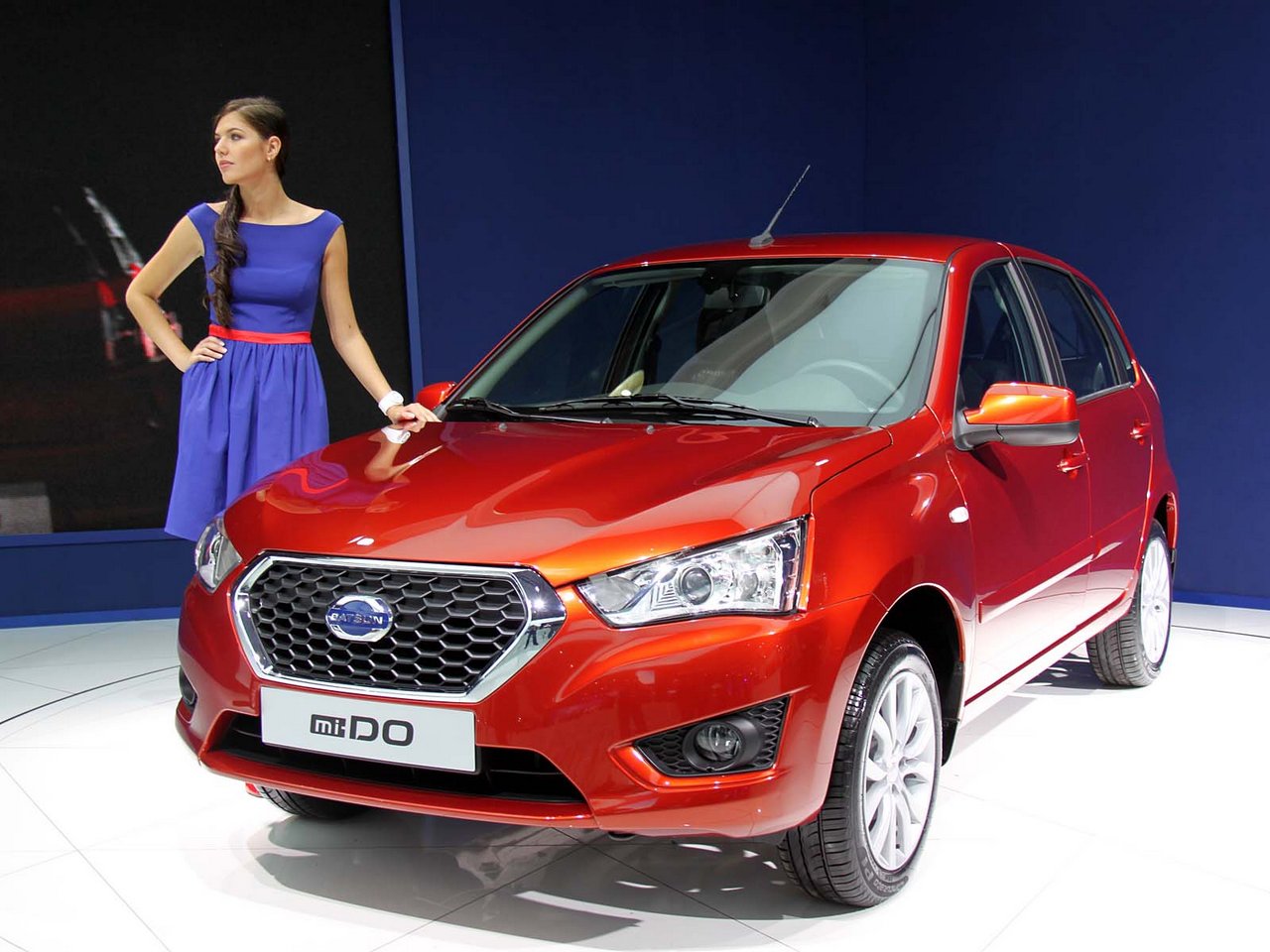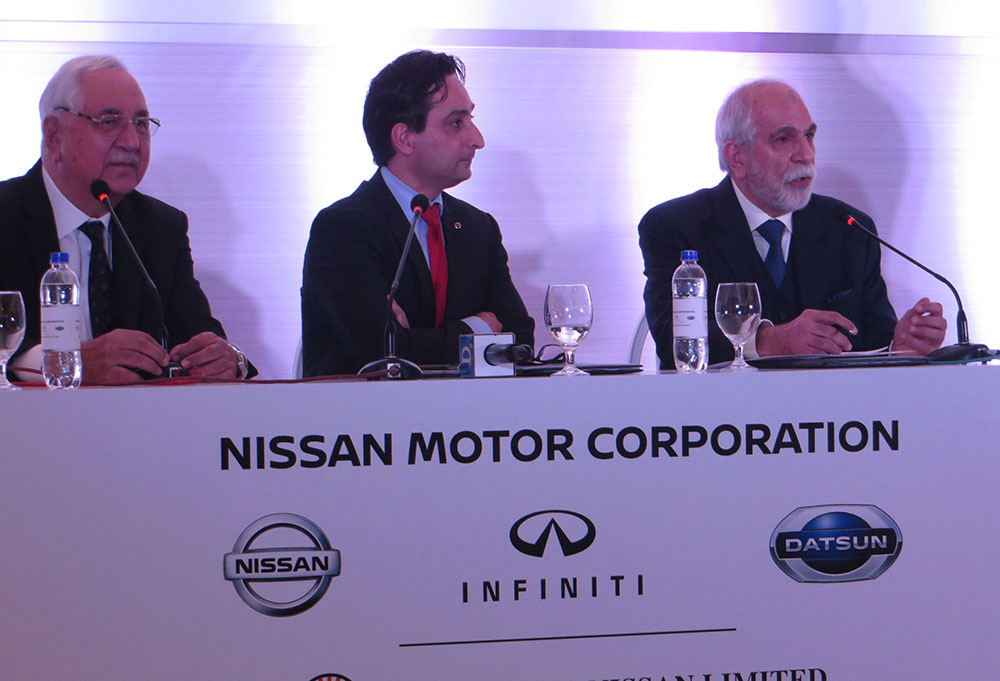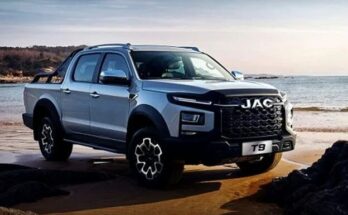 From India to Indonesia and Russia, the Datsun brand has fallen woefully short of expectations- Extracts from the piece originally written by Ammar Master, Senior Manager LMC Automotive, Bangkok.
From India to Indonesia and Russia, the Datsun brand has fallen woefully short of expectations- Extracts from the piece originally written by Ammar Master, Senior Manager LMC Automotive, Bangkok.
“We want no more sections of the market where there is no offer from our company, particularly in the high-growth markets. This is part of our strategy to take leadership in the emerging markets.”
These were the words of the then Nissan CEO, Carlos Ghosn, (now imprisoned in Tokyo detention center for alleged financial misconducts) on 21st March 2012, a day after the revival of Datsun was announced.
Nissan resurrected the Datsun brand under its Power 88 plan with a goal to participate in 40% of the markets in India, Indonesia and Russia. This 40% was the lower-price-end of the market in these countries where Nissan had no models to offer. Although the plan was impressive, but reality has turned out to be something else with Datsun yet to achieve leadership in any of these three targeted regions.
Slow Sales in India
After being in India for more than four years, the brand’s performance has been less than impressive with sales down 15% year-on-year (YoY) to 34,000 units in 2017. And with a miserable 1% share of the country’s passenger vehicle sales, Datsun is not threatening the top players at all.
Related: JAC T6 Arrives at Ghandhara Nissan Plant
Adding Nissan’s volume to this tally barely enhances the total to 42,000 units, with market share remaining at a mere 1% of the passenger vehicle segment. This performance is far below expectations. When Datsun GO was launched in March 2014, Nissan and Datsun targeted a combined market share of 10% by 2016.
However LMC Automotive had predicted Nissan and Datsun’s combined market share at 4% of India’s passenger vehicle market by 2016. Even this has not been achieved, which justifiably raises the question: Why didn’t the company hit its target?
Unrealistic Goal
To put it frankly Nissan and Datsun set an over-ambitious goal — multiplying its market share by ten times in a span of just two years was never going to happen. The aim was to target first-time car buyers in the emerging-middle class, including two-wheeler buyers/owners, with the affordable Datsun brand.
Related: Why FAW V2 is Better Than Previously Available Chinese Cars
This meant that Datsun would compete head-on against the might of Maruti-Suzuki as well as Hyundai to win these buyers. If Datsun succeeded in hitting its target, it would have made history!
Secondly, Datsun failed to quickly design and develop more products. Sure the GO was followed by the GO+ soon after, in December 2014. However, its third model, the redi-GO, did not go on sale until May 2016. Datsun has also been late to bring the GO-Cross, which is now being planned for launch (in India) by the fourth quarter of this year.
Related: The Datsun CROSS Goes on Sale in Indonesia
Therefore, its limited product range is not adequate to compete against Maruti-Suzuki’s enviable line-up of 12 passenger vehicles. Such is the dominance of the market leader that sales of the Suzuki S-Cross, its lowest selling mass market vehicle, last year nearly equalled Nissan and Datsun’s combined tally in 2018!
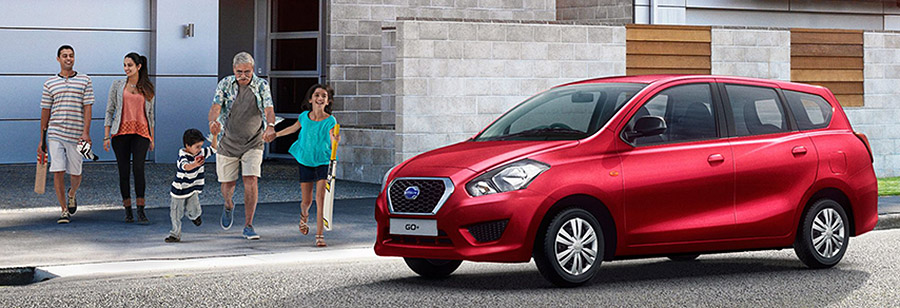
Neither can Datsun rival Hyundai’s squad of 9 models — with the Eon, the Verna and the Xcent each selling more than 40,000 units last year. Further, as aggressively as Datsun promoted itself as an ‘affordable’ brand, many potential buyers perceived it as a low-cost (read cheap) offering under the Nissan umbrella.
Related: Can Datsun Become a Successful Brand in Pakistan Once Again?
This unflattering perception must have kept many buyers away as it did with the Tata Nano some years earlier. After all, status-conscious, entry-level, car buyers did not want their first vehicle to be seen as a cheap model. Closer home in Indonesia, the same consideration may have also been one of the reasons that kept Datsun behind. At flat sales of more than 10,000 units in 2018, Datsun’s market share languished again at just 1%. More striking is the fact that its sales have shrunk sharply from a peak volume of 29,000 units in 2015.
According to Titikorn Lertsirirungsun, ASEAN Manager, LMC Automotive:
“Since Datsun brought its first product under the LCGC (low cost green car) project, it became difficult to reposition itself as a non-cheap brand.”
Datsun’s perception as a cheap brand was further reinforced when buyers started complaining about rusting on the front drive axle and suspension of the GO+ soon after its arrival in Indonesia. The problem occurred because there was no anti-rust coating stage in the manufacturing process. The company soon corrected this, but by that time the damage was already done.
Datsun in Indonesia
Datsun’s strategy in Indonesia was a sound one. It entered the market under the LCGC program (which provided tax benefits and allowed competitive pricing) in the biggest segment with the GO+ MPV. At launch, the GO+ was the only MPV in the LCGC program. The lower pricing through tax benefits thus allowed Datsun to win first-time car buyers.
Its strategy in place, Datsun again had high expectations: At launch, it aspired to sell 40,000 vehicles by March 2015. However, its actual sales stood at 28,000 units by that period.
Related: Datsun Go Plus Thrashed By Toyota Calya and Daihatsu Sigra In Indonesia
Datsun suffered a death blow when the market leader Toyota entered the race. In July 2016, Toyota started selling its LCGC MPV, the Calya, and buyers rushed to purchase it. The model ended 2016 with a volume of 48,000 units, overshadowing the GO+ tally of a little over 17,000 units.
Another factor that limited Datsun’s growth was the slow expansion of its retail network. Since its entry, Datsun today has 100 dealer outlets across Indonesia. By comparison, Wuling, which started selling its vehicles in the second half of 2017, already has 90 dealer outlets. This helped the newly launched Wuling brand to sell 17,000 units in 2018, which is higher than Datsun’s volume.
Datsun in Russia
In Russia too, sales were initially fairly promising when the brand was first launched in late 2014. Datsun’s volume reached 32,000 units in 2015 to account for a market share of 2%. At that point, the company announced that it was looking to triple sales and double its market share.
It has been far from successful with that aim though; sales dropped sharply, by 41% YoY, in 2016 at a time when Russia’s total passenger vehicle sales fell by 12% YoY. Consequently, Datsun’s market share declined sharply that year.
There was a small recovery in 2017 but then both sales and share dropped back again in 2018 to end the year with 21,000 units for just over 1% market share in the passenger vehicle segment. Carol Thomas, Central and Eastern European Analyst, LMC Automotive commented:
“This corner of the market is very competitive and other brands — which include Lada, Chinese brands, Kia and Hyundai — appear to have been more successful in taking up the slack.”
There are some question marks about the future of some Chinese brands in Russia (Chery, Lifan) as there is no guarantee that local production will continue, so this may provide some limited opportunity for the Datsun brand.
While the timing of the launch of the brand was unfortunate given that it took place just as the Russian market turned sharply down, Datsun’s falling market share story also reflects the fact that the share of conventional cars has been shrinking steadily in Russia to the benefit of SUVs/crossovers.
Datsun needs to address its shortcomings
Datsun’s journey in India, Indonesia and Russia is far from over, but the brand will need to address its many shortcomings in emerging markets to make any kind of impact.
Related: Datsun to Completely Change its Design Language in 2019
Another important factor is the way these cars look. Although Datsun is cheap, affordable and to-the-purpose, it’s the sort of love-it-or-hate-it design that has kept bulk of the buyers away. According to Alfonso Albaisa, Executive Design Director of Nissan, Datsun will get a complete revamp in terms of design language to make it more appealing & significant.
“There is a natural evolution happening in Datsun that is not visible yet but is really linked to a new platform. And with the new platform, we have created a whole new design language for Datsun which we will start teasing probably within a year or so. It was a great opportunity to really look at the brand, really look at where we are and really look at the story of Datsun. And the group is considering how we can talk about the great history that Datsun has and what kind of cars we should be designing that represent its history.”
Elaborating further on what direction the Datsun would take, Albaisa explained the current design language would be replaced by a more robust one which would also have more ‘dynamic purity’. The new platforms off course will also help the cars to become more spacious, lighter and more importantly, safer than before.
Datsun in Pakistan
In March 2018, Nissan officially announced its entry in Pakistan. The manufacturing and licensing agreement between Nissan and Ghandhara will see the local production of Datsun models in our country.
Related: Ghandhara to Produce 3 Datsun Models by Mid 2020
The company has recently revealed that production of three Datsun models will begin in the second half of 2020. According to their statement:
“We will begin with the assembly of a 1,200cc Datsun Cross in July 2020 and then roll out the 1,200cc Datsun Go hatchback and Datsun Go Plus seven seater in the next two to three months.”
Although Datsun as a brand is facing tough times in competitive markets, their story in Pakistan can be different. Due to the absence of competition in our country, there is a huge demand in small passenger car market that’s largely dominated by Pak Suzuki.
Related: Datsun GO, GO+ and Their Chances of Success in Pakistan
With limited options available for buyers, the Datsun Cross, GO and GO+ can be a welcome addition in our market. Whether these Datsun cars will pack the same features as found in other markets bearing a competitive price tag, we will have to wait to find out.

A computer animation professional with over 23 years of industry experience having served in leading organizations, TV channels & production facilities in Pakistan. An avid car enthusiast and petrolhead with an affection to deliver quality content to help shape opinions. Formerly written for PakWheels as well as major publications including Dawn. Founder of CarSpiritPK.com


